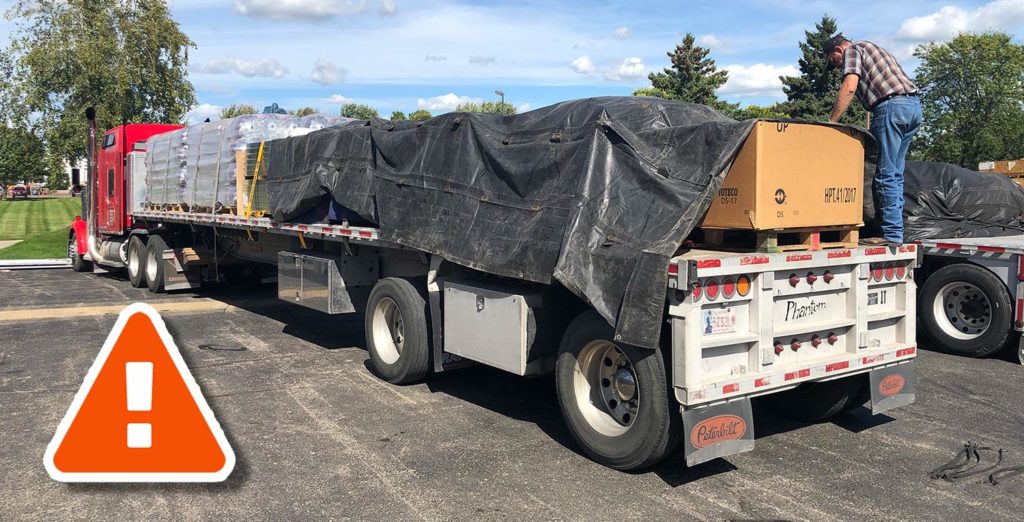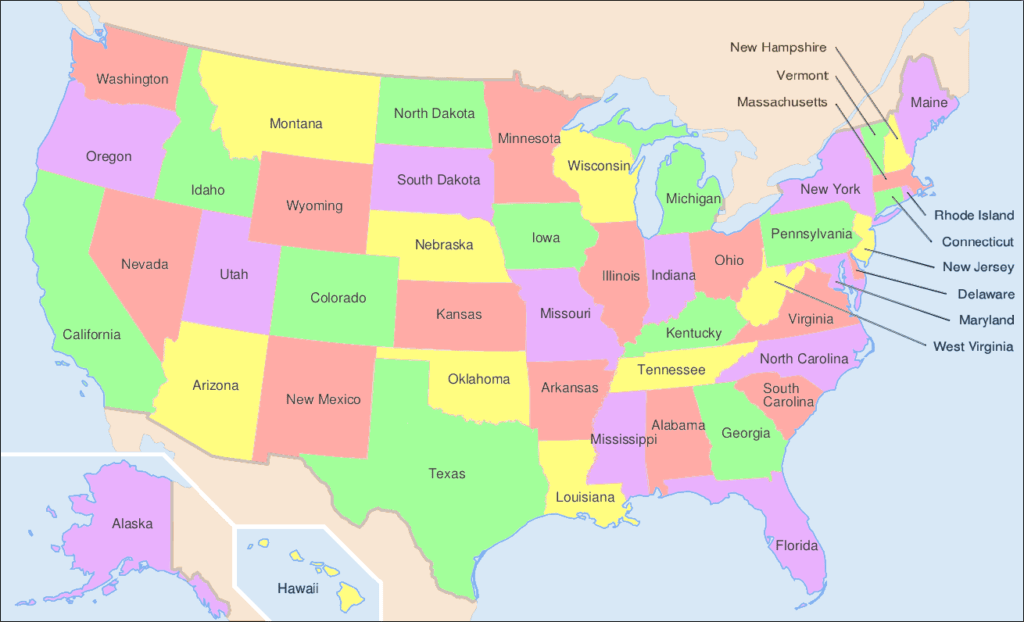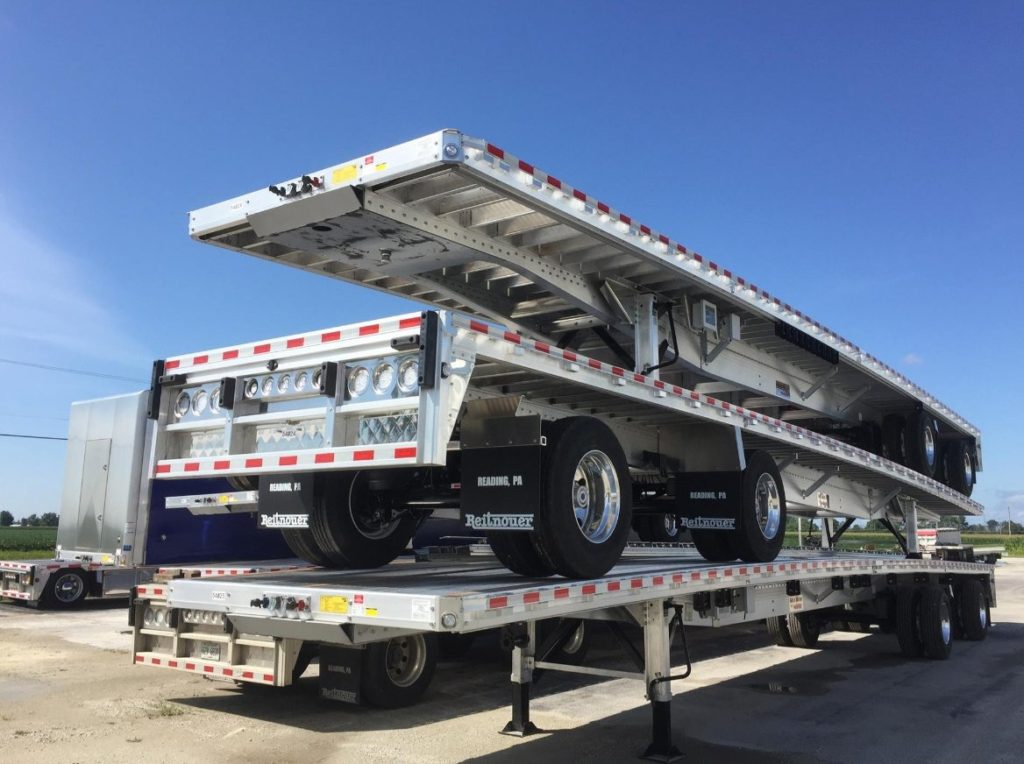Load Securement
Protected: Training Materials for Flatbed

Ivan Wednesday, May 24, 2023
Before you pull open deck, you need to understand the words and ways of flatbed truckers. You have a lot to learn, even if you’re an experienced dry van driver.
Standard Flatbed Trailer
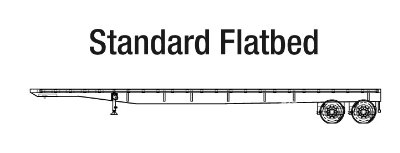
Flatbed training on standard trailers
Standard flatbeds share the following characteristics:
- Flat, level beds (with no sides or roofs, they’re often called “open decks”)
- Width less than or equal to 8’6″
- Height 60″ from the ground before loading
- Length 48′ to 53′
- Carry loads of up to 48,000 lbs.
Legal Loads
No more than 13’6″ tall, 8’6″ wide and 53′ long
A “legal load” meets all federal size and weight rules and those of the states through which it passes. Regulations may vary in different jurisdictions but often require that loaded trailers fall within the above limits.Securement
Flatbed is based on 3 main things:
HOW TO STRAP THE LOAD
HOW TO TIE DOWN THE CHAINS
How to Tarp the Load
Bulkhead or Headache Racks
A safety barrier
These protect the driver from any cargo that breaks loose during a sudden stop.- A headache rack is a reinforcing panel attached directly to the tractor’s frame, behind the cab or sleeper. If the cargo pushes forward, it knocks the cab off its frame rather than penetrating it.
- A bulkhead is attached to the trailer, on the end of the deck closest to the tractor. It blocks the cargo’s forward motion. Upon impact, the bulkhead bends, forcing freight up and over the cab as it moves forward.
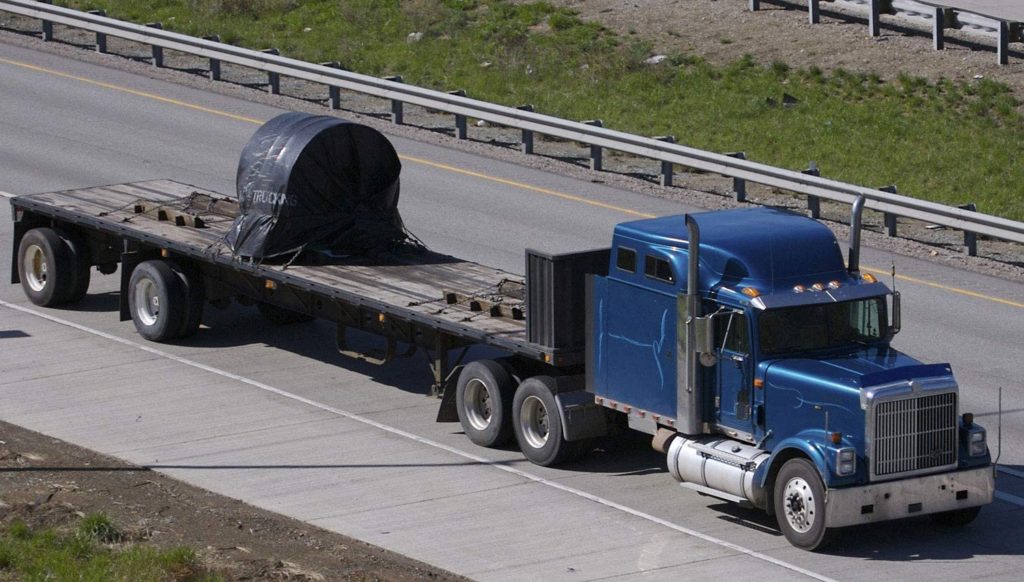
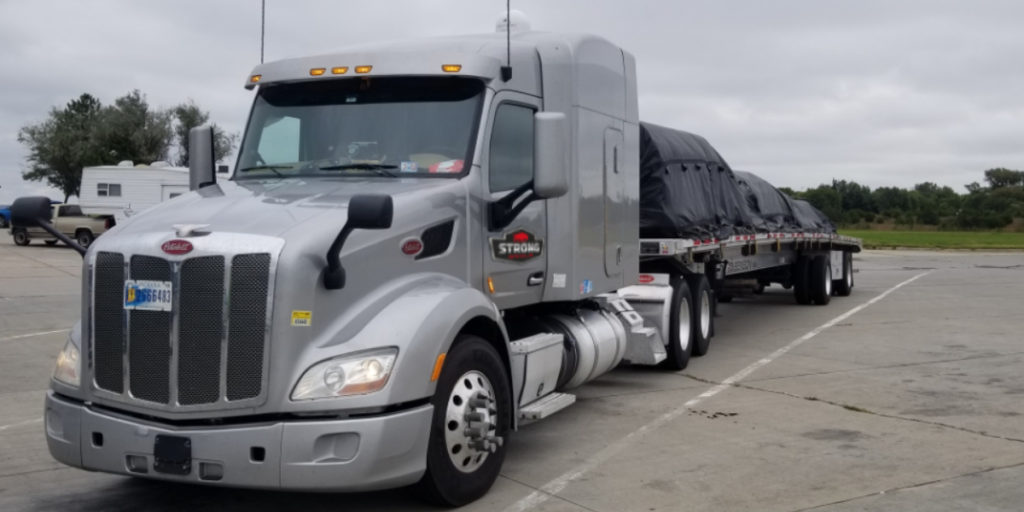
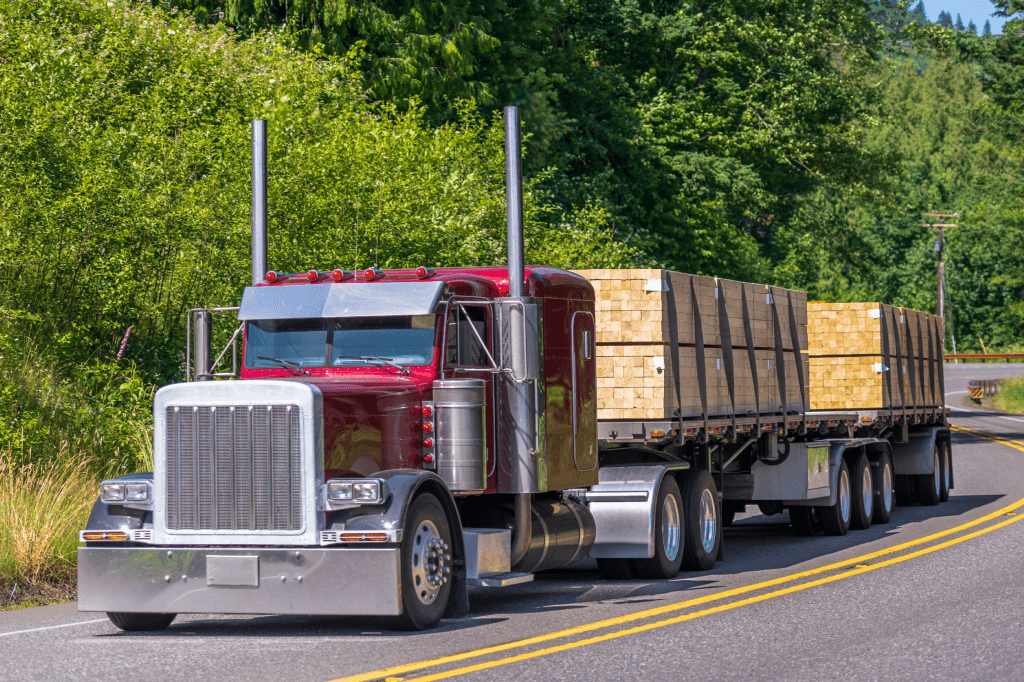
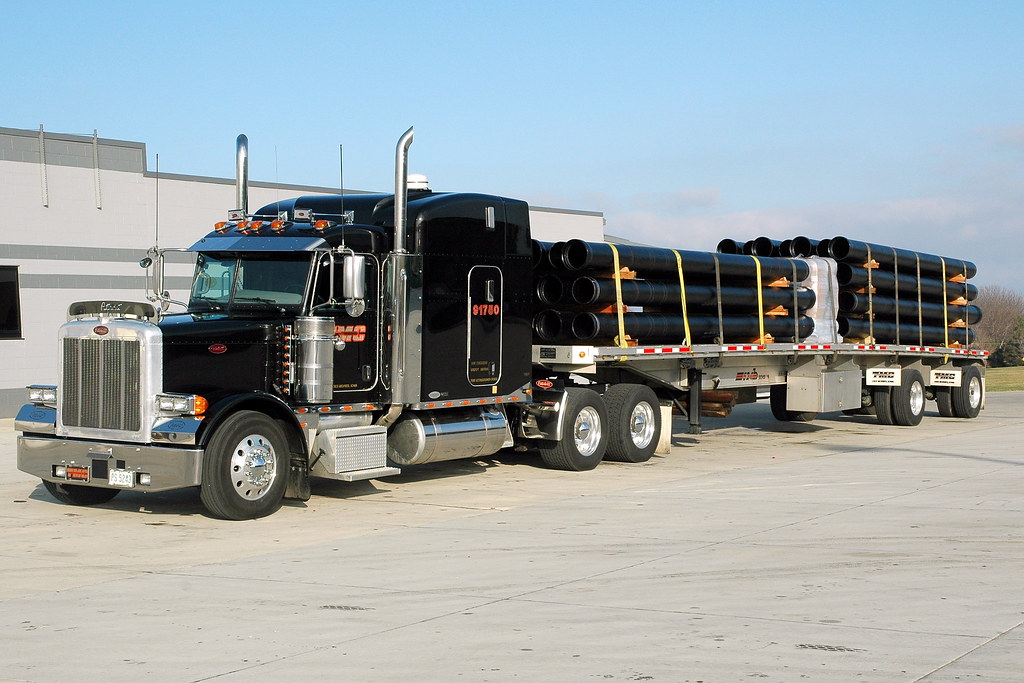
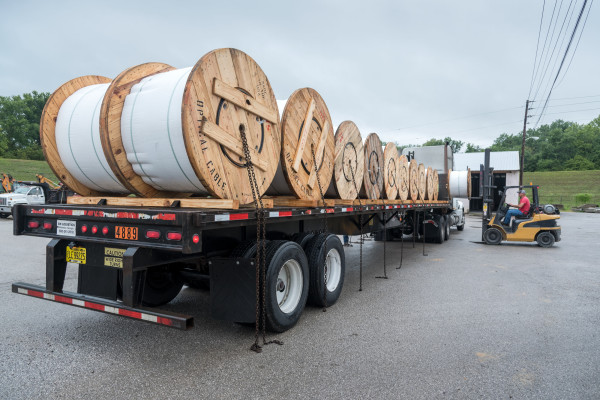
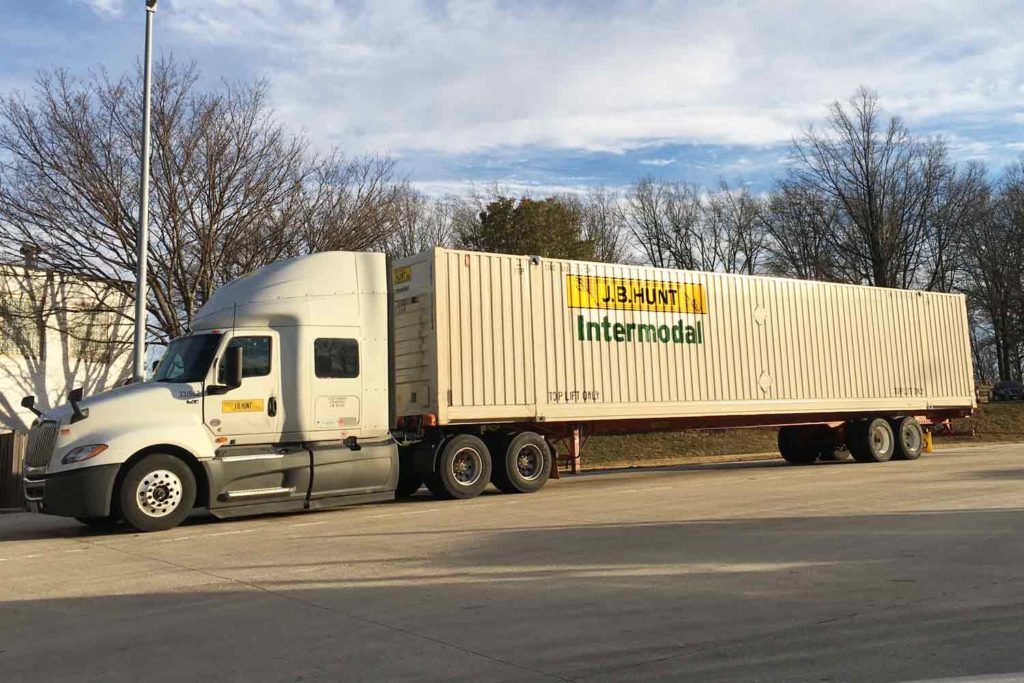
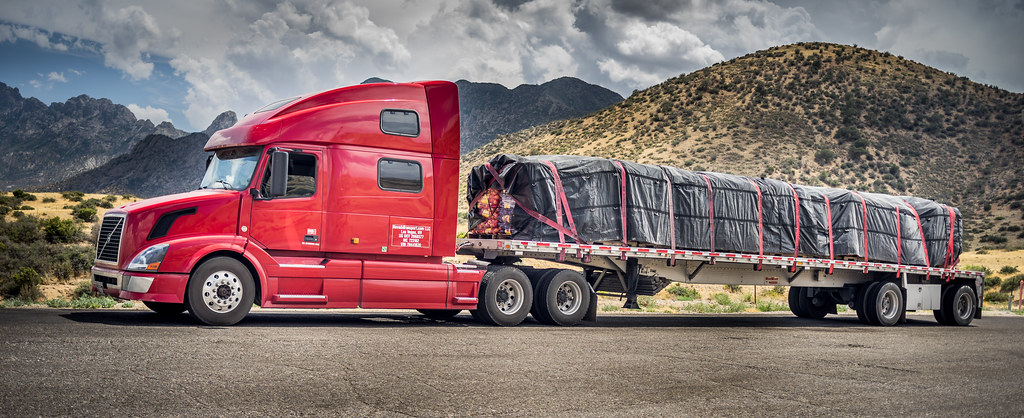

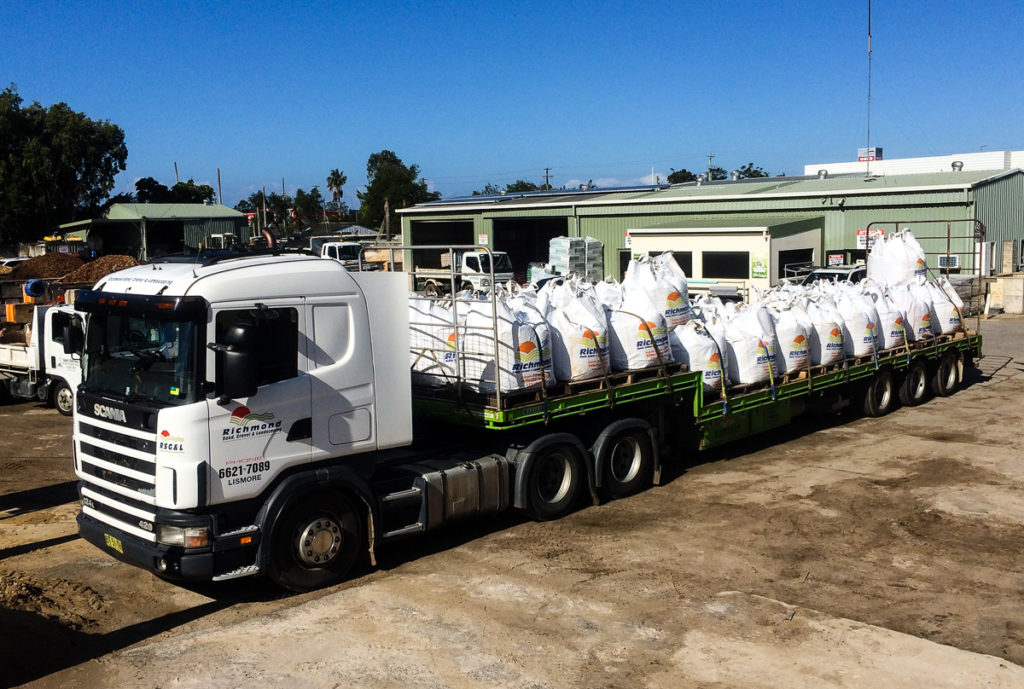
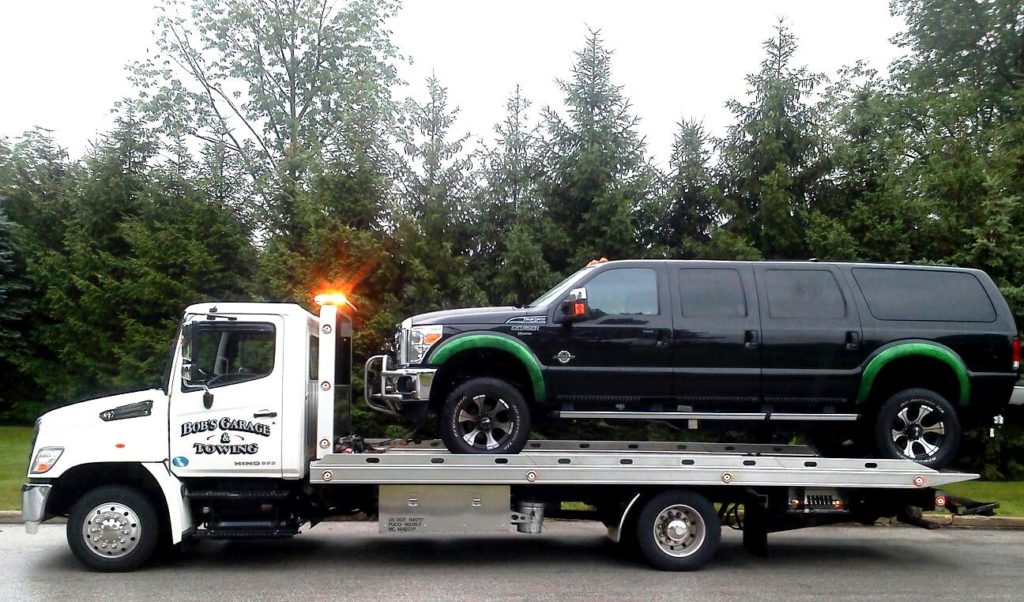
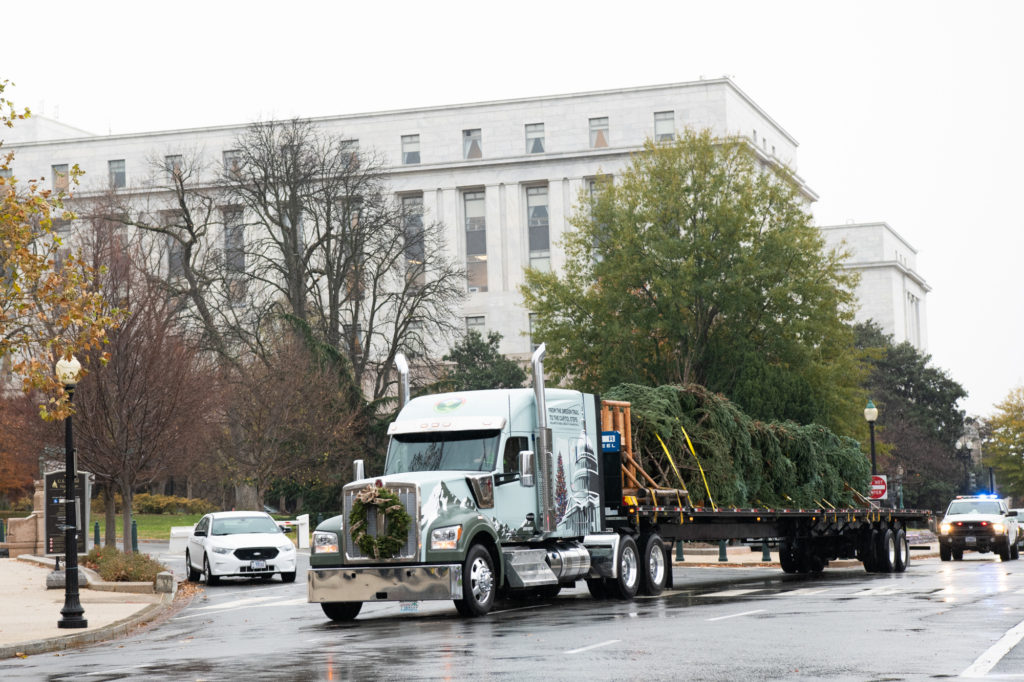


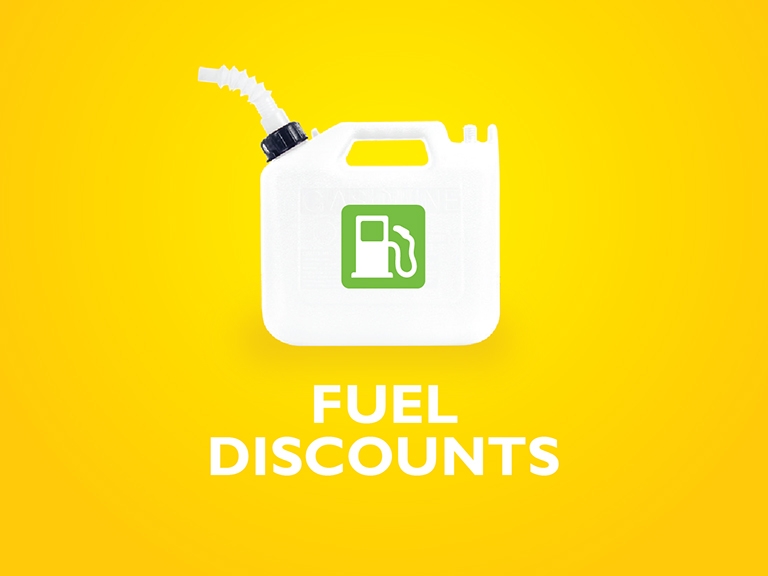
 Blog Page...
Blog Page... 

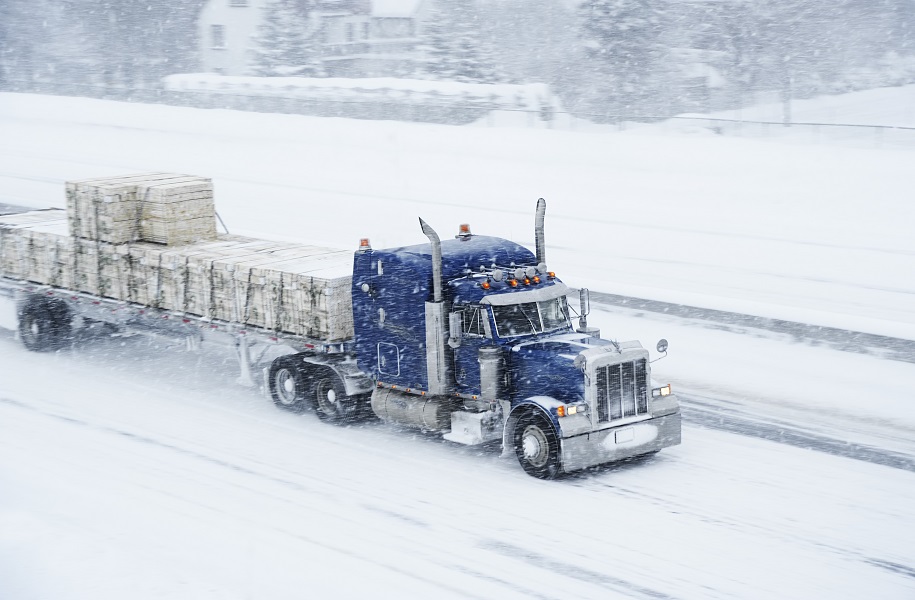
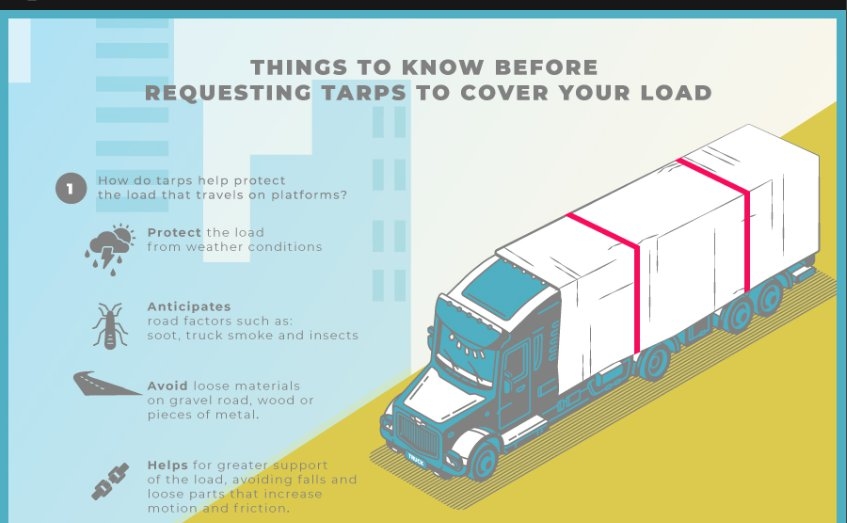
 Tarping a load is crucial to protect both the cargo and the tarp itself. The primary reasons for tarping are to...
Tarping a load is crucial to protect both the cargo and the tarp itself. The primary reasons for tarping are to... 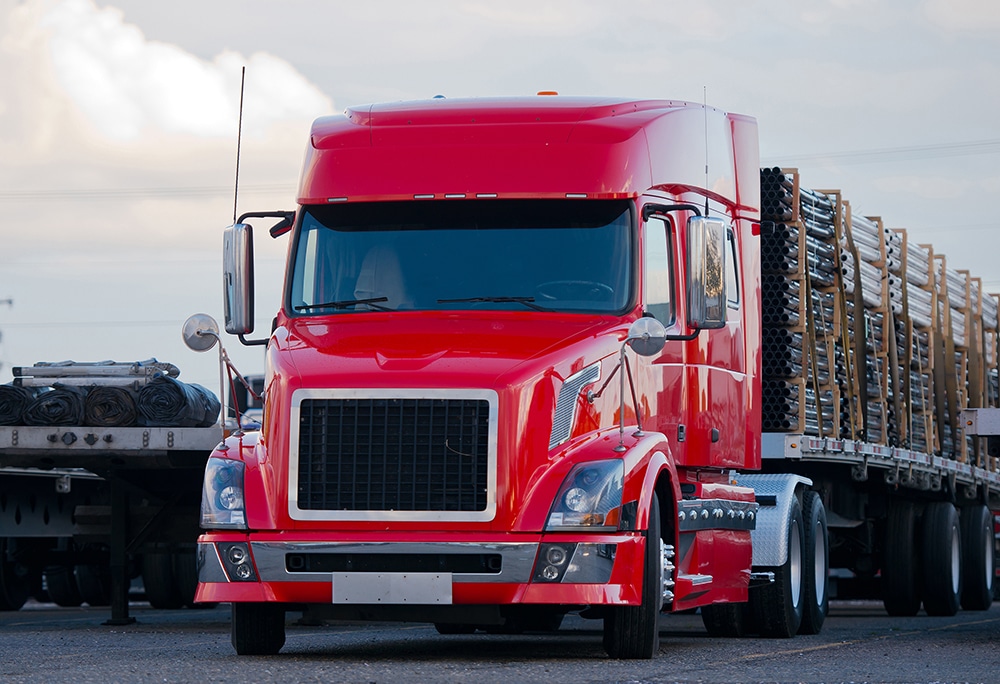

 Just take the picture or video...
Just take the picture or video... 
